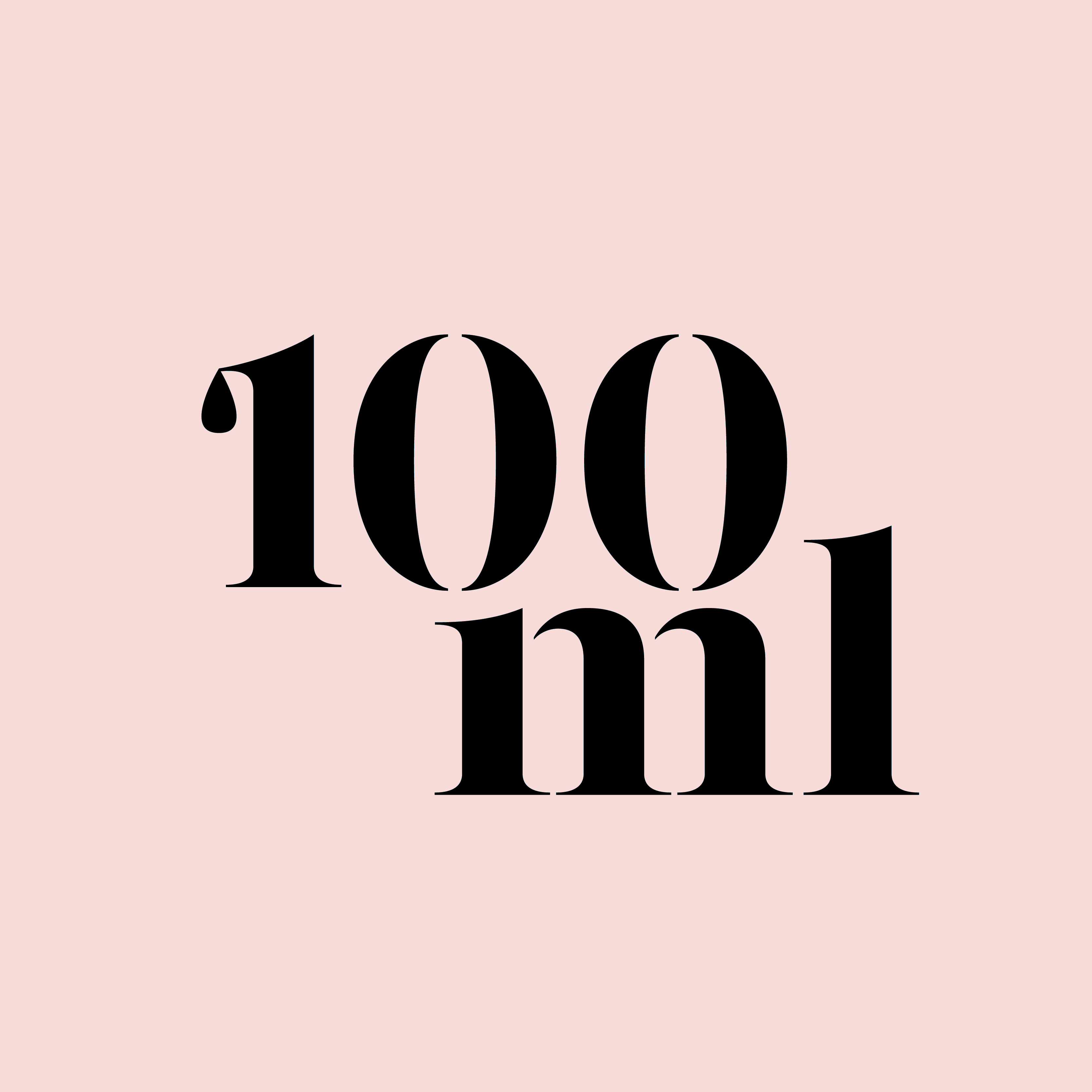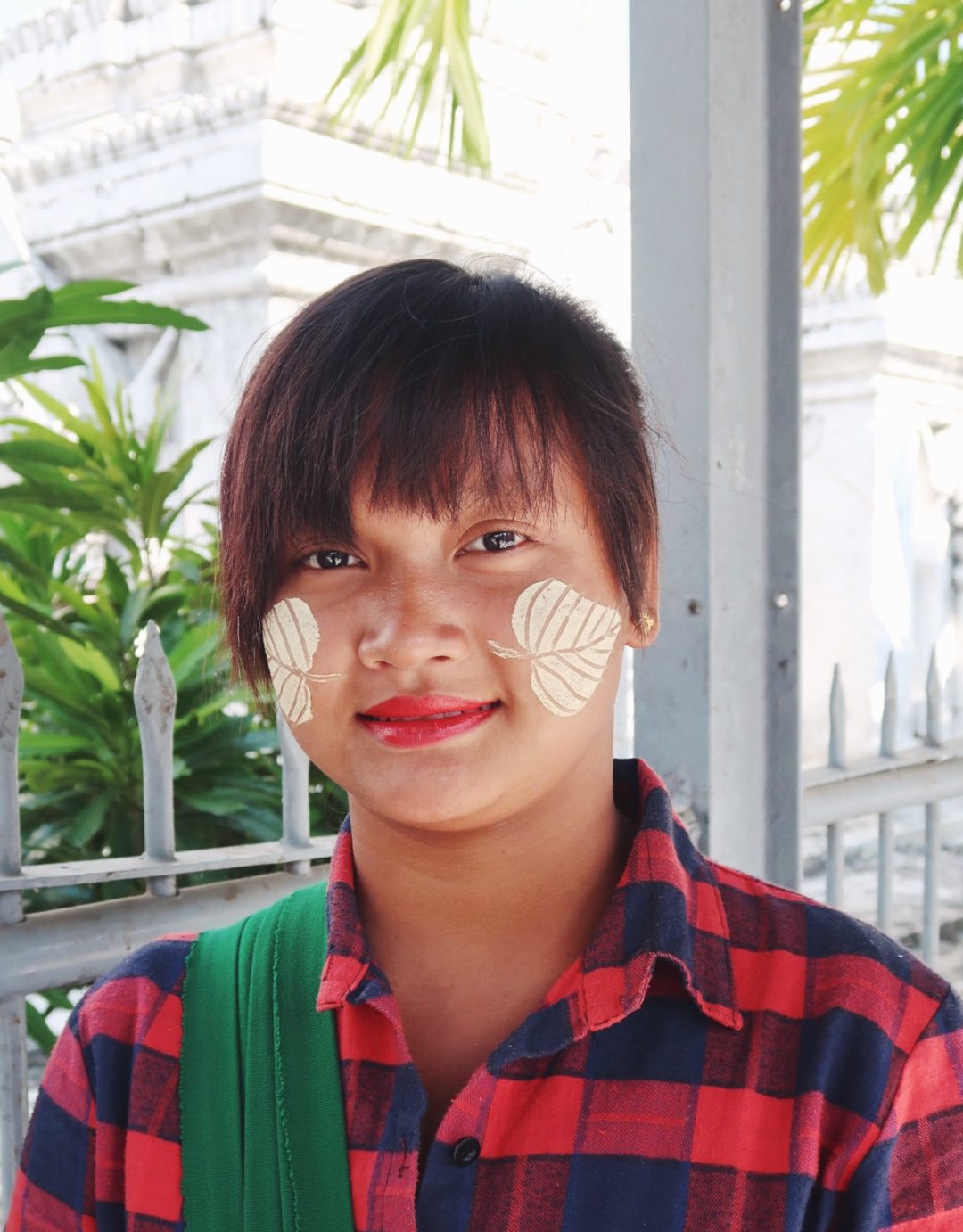
One of the first things you notice in Myanmar is the ubiquitous pale yellow paste that decorates the faces of women, children, and even men. It’s startling maybe for about two seconds, but then you quickly grow accustomed to it. The paste is called thanaka, derived from the bark of the thanaka tree, which is native to the country, and you’ll encounter it in almost every city, town or village from the bustling Bogyoke market in Yangon to the temples in Mandalay.
“It’s like Estée Lauder for Myanmar people,” explained my tour guide in Yangon. A centuries-old tradition, thanaka is both a beauty ritual and a way of life. It’s a prescription for every beauty woe or malady. Anytime I asked someone why they wore it, I received a different response: for sun protection, to brighten the complexion, as an acne treatment, to soothe sunburns or to stave off wrinkles. It was also worn in various ways: doll-like dots on the cheeks, dotted across the face, or even as fun designs like swirly leaves (below). There was no public/private delineation the way there is with face masks in other parts of the world.
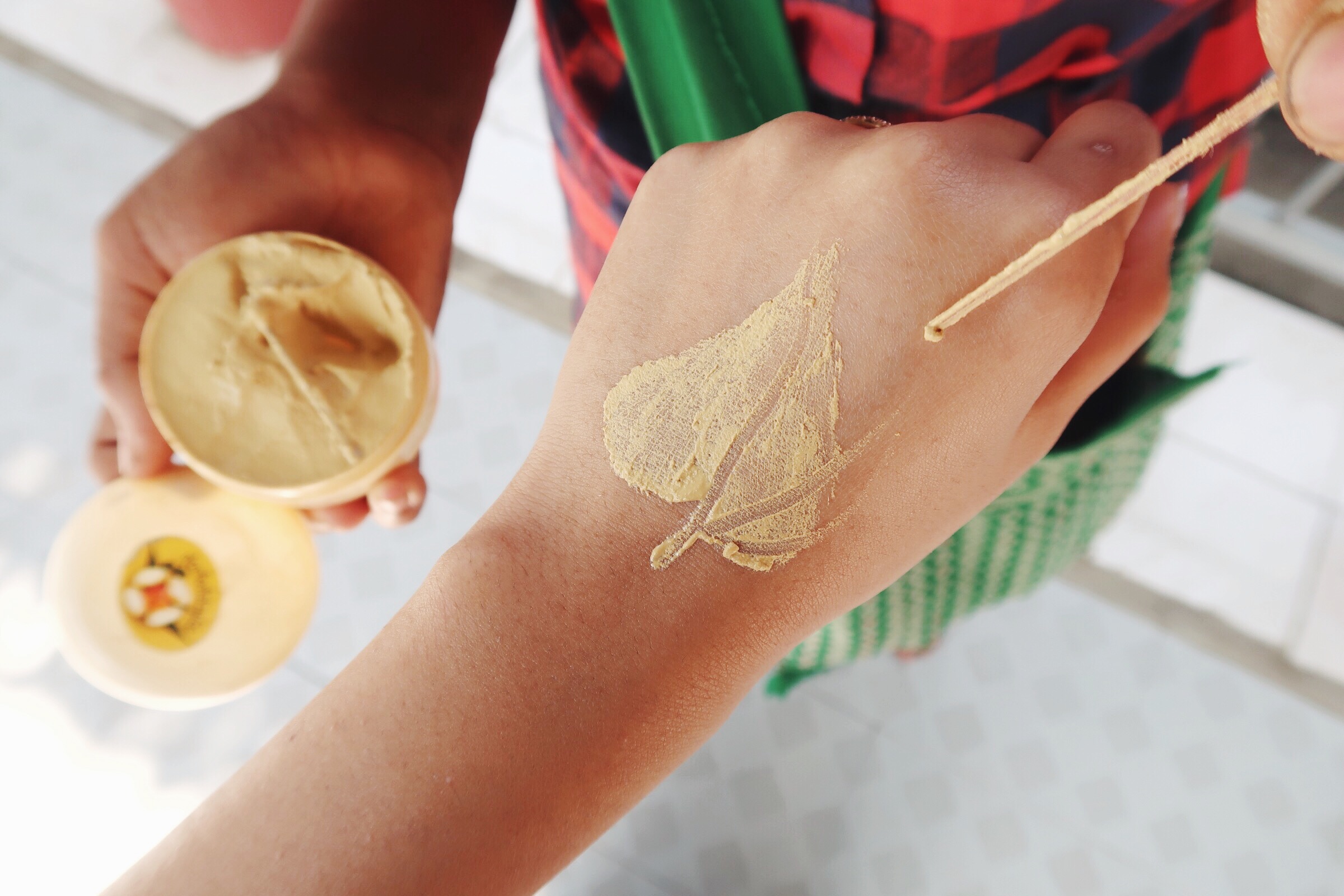
While you can get thanaka from stores in various incarnations (pastes, creams and powders), Burmese people prefer theirs the old-school way by using the actual wood from the thanaka tree and grinding it on a stone slab. From there, they add water and grind it into a paste. That paste is applied to the cheeks, forehead and nose or as a spot treatment. If they don’t already grind their own thanaka, they might use the ready-made powder, which just requires water.
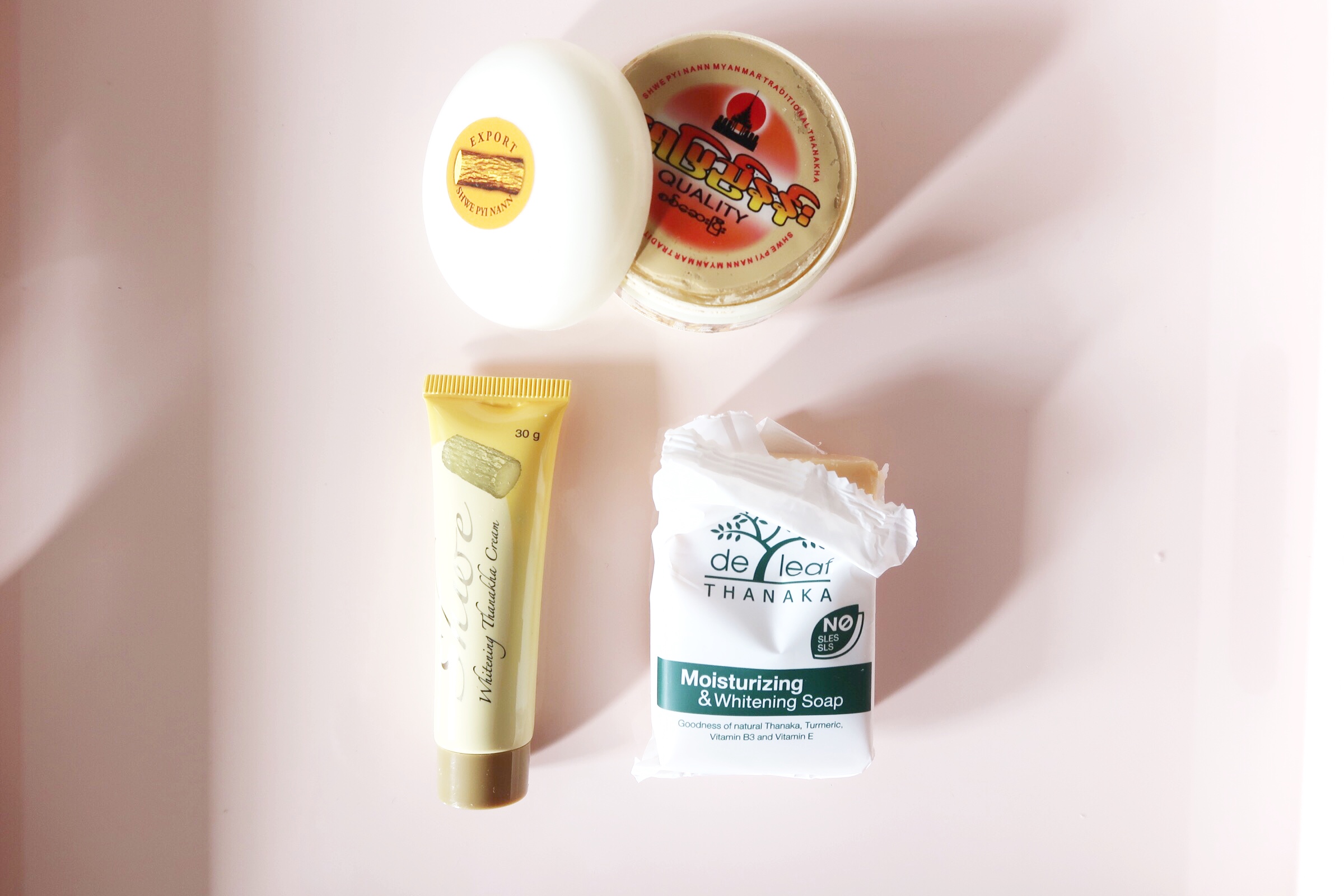
As far as the ready-to-use stuff is concerned, people are pretty picky about brands and in some cases, resist it altogether. The beauty brands offering ready-made thanaka also add other ingredients, which is the equivalent of an unnecessary reformulation of your favourite product, but also contain chemicals that locals are wary about using. In the hierarchy of DIY, powders and creams, the latter comes dead last. People will usually choose a cream when they’re traveling since it’s portable.
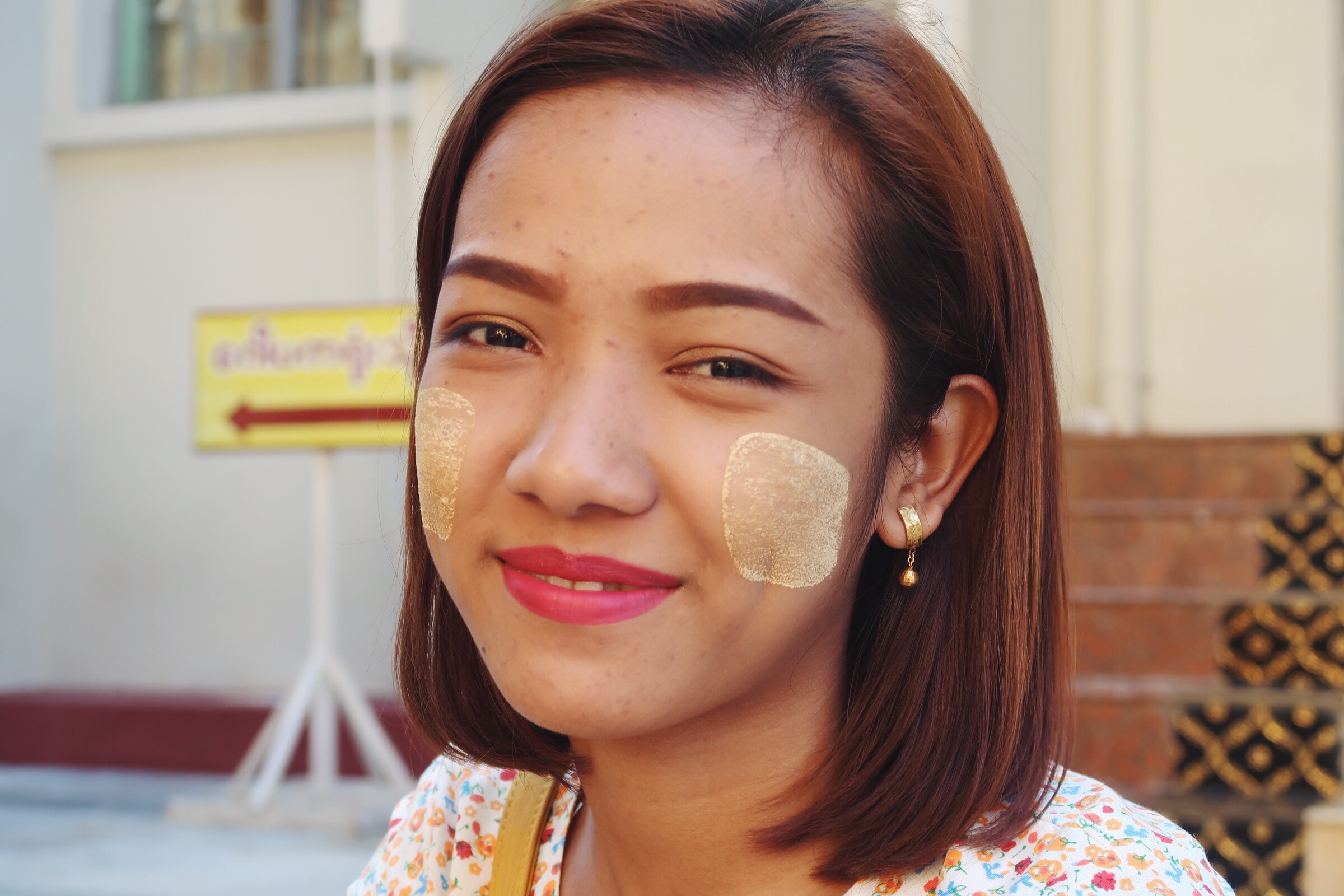
Thanaka is also a great souvenir to bring back home with you. You’re likely to encounter someone selling thanaka while you’re sightseeing at popular tourist spots. Otherwise, you can pick it up in a store or at the airport. Since carrying a slab of wood isn’t very travel-friendly, your best bet is to buy a cream or powder.
